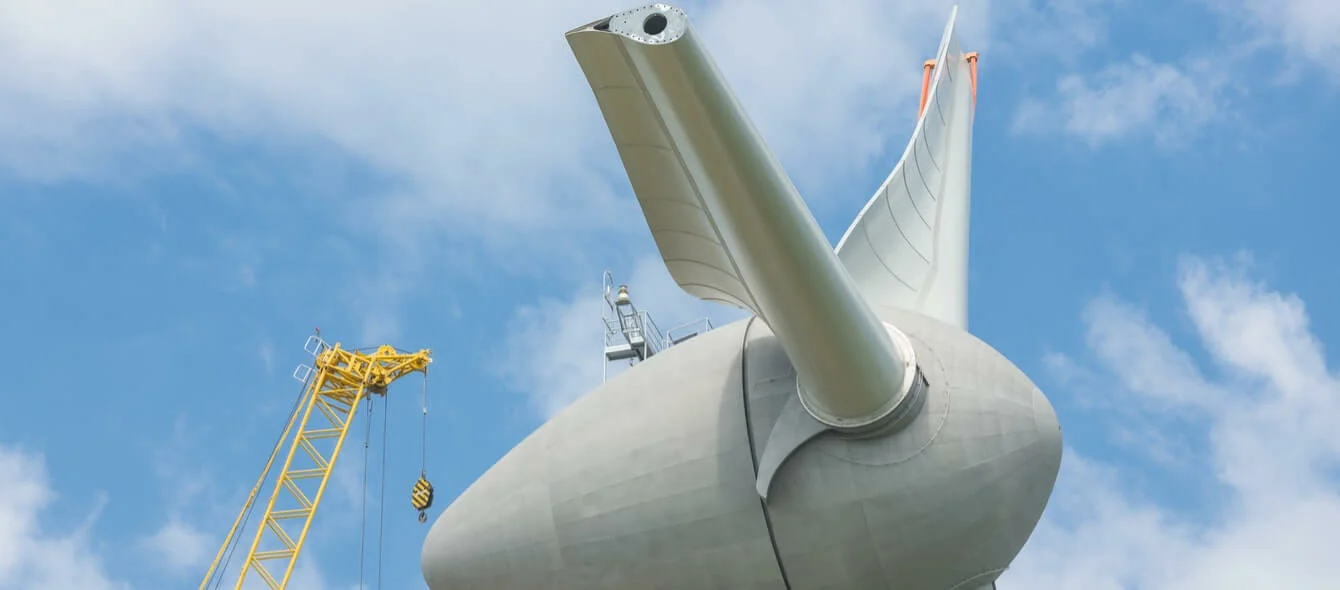The expansion of renewable energy didn’t only falter in Europe in 2018. For the first time since 2001, the expansion of renewable power generation capacities has failed to exceed that of the previous year, as reported by the International Energy Agency (IEA).
In 2018, 177 gigawatts (GW) of new solar, wind, hydro and biomass-based generation capacity was added across the world – the same amount as in 2017. According to the IEA, however, achieving the climate targets agreed in Paris in 2015 would require much more than this. By 2030, renewable capacity would need to grow by over 300 GW on average each year.
Global renewable net capacity additions
Net capacity additions in Gigawatts (GW) (Source: International Energy Agency)Long-term planning for more renewables
The stagnation is not due to a lack of demand. Conventional energy producers also generated record amounts of power in 2018. According to the IEA report, this resulted in energy-related greenhouse gas emissions hitting an all-time high of 33 metric gigatons.
In order to offset this, the government will have to step up to the plate: ” Thanks to rapidly declining costs, the competitiveness of renewables is no longer heavily tied to financial incentives,” says IEA Director Fatih Birol. “What they mainly need are stable policies.” In addition, the framework conditions must be created for the efficient integration of renewables into power systems.
Global renewable net capacity additions by technology
Net capacity additions in Gigawatts (GW) (Source: International Energy Agency)Since 2016, photovoltaics has been the most popular technology for generating renewable electricity. According to the IEA, by 2017 its exponential growth more than compensated for the decline in the number of new wind turbines. In 2018, however, more solar panels were installed in Europe, Mexico and the Middle East than ever before. This, however, only just managed to offset the decline in China.
German renewables growth is only linear
After years of exponential growth – more and more capacity was being installed each year before 2017 – recently, expansion of renewables has only progressed in a linear fashion, i.e. growth has stagnated at the same rate as the previous year. For Germany, this has been the case in since 2011. Since then, 7.5 GW of renewable capacity has been added each year at a relatively constant rate. Whether Germany will be able to maintain this rate in 2019 remains to be seen.
At the end of April, Fachagentur Windkraft (German only) reported that, although the number of approvals for the construction of onshore wind turbines had increased somewhat in the first quarter of 2019, the actual construction rate was almost 90 percent below that of the three previous quarters. According to the Federal Environment Agency (UBA), the 2018 increase in wind power in Germany was at its lowest since 2013. In addition, the first wind turbines are now reaching the end of their service life and cannot always be replaced by newer and larger turbines.
Wind energy is generally considered to harbour the greatest potential in Germany. So far, onshore wind turbines have provided by far the largest capacity of all renewables. In 2018, they ranked second behind lignite as one of the largest electricity generators.
foto credit: T.W. van Urk, shutterstock.com
